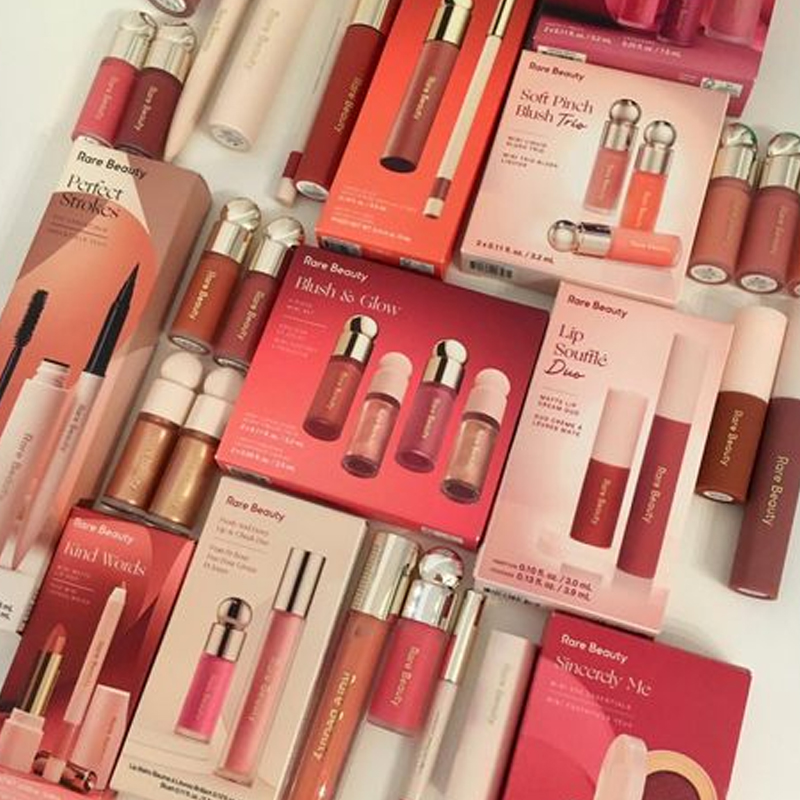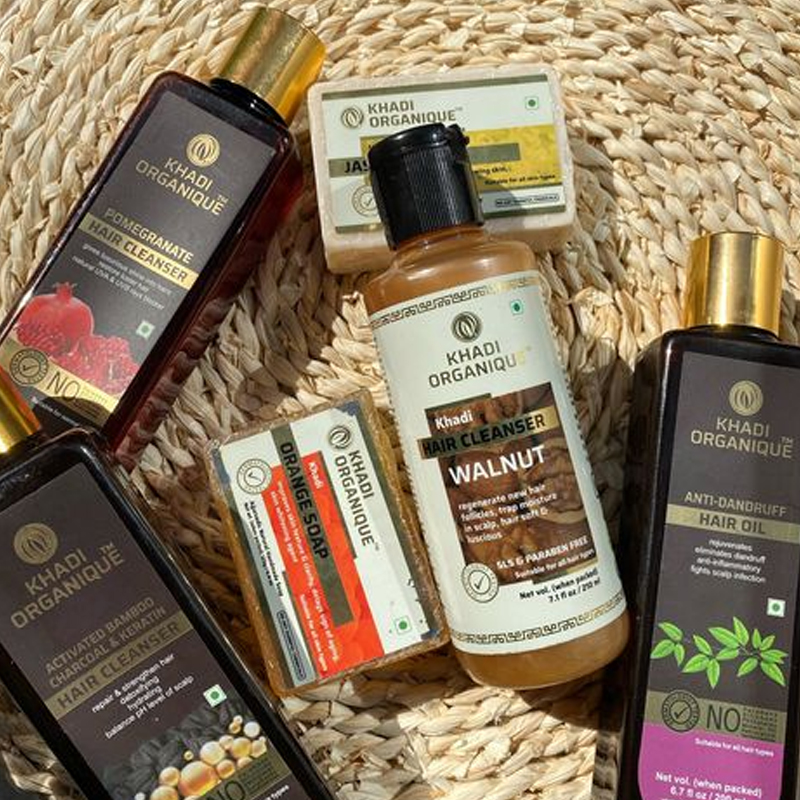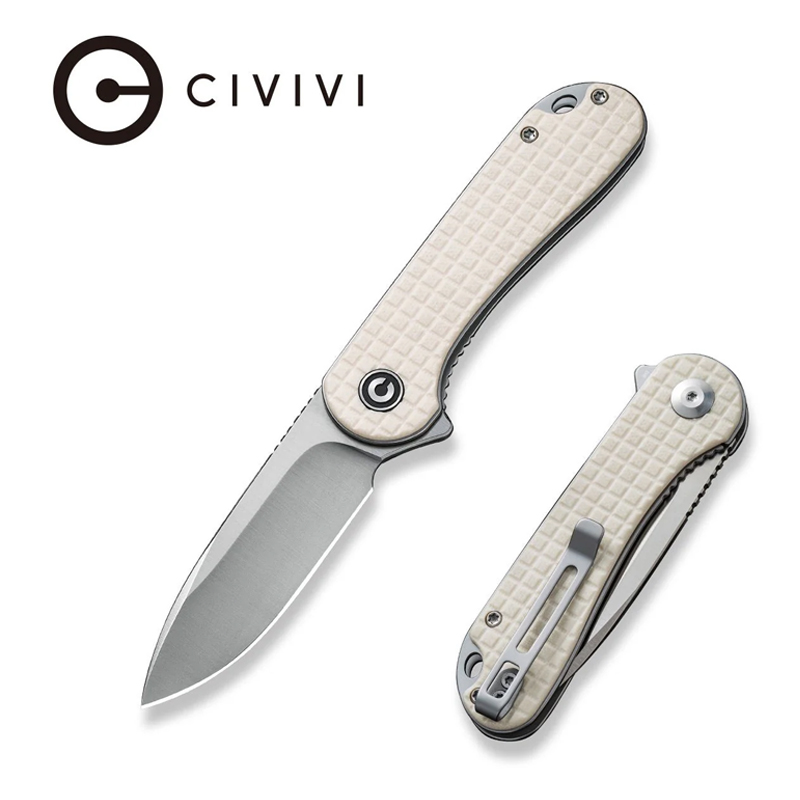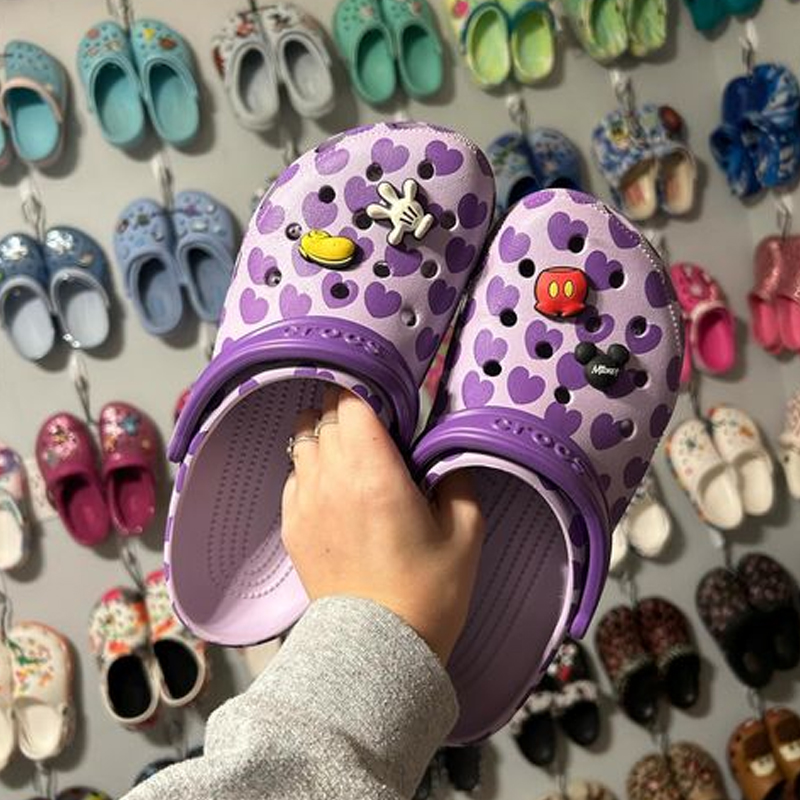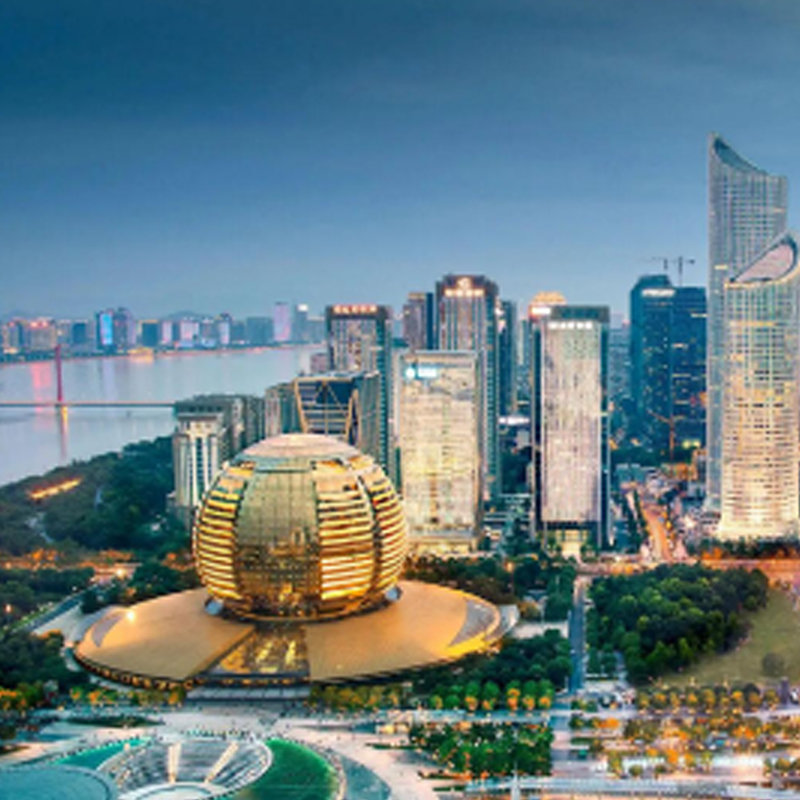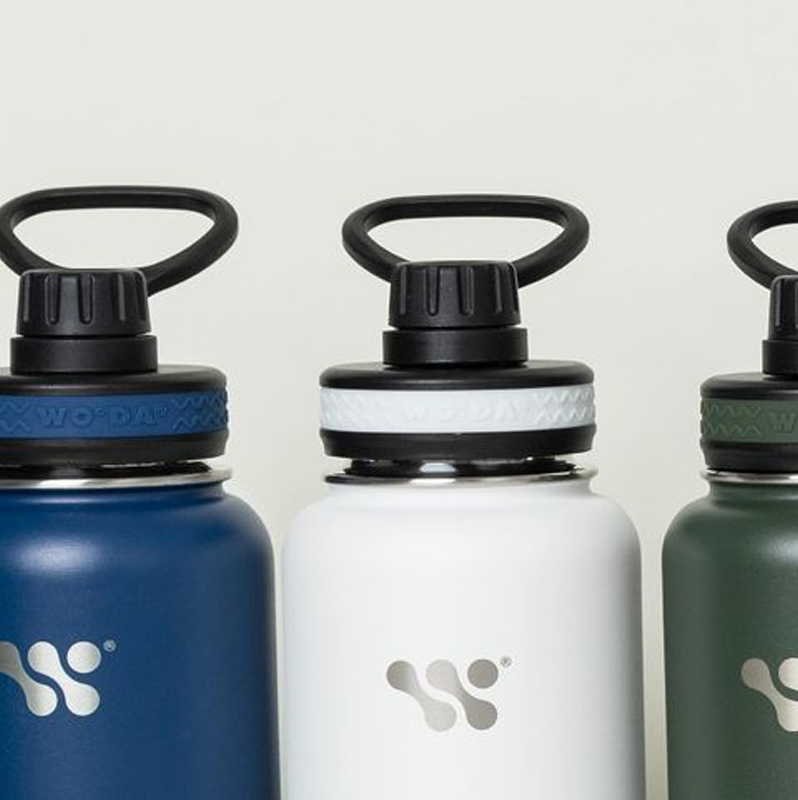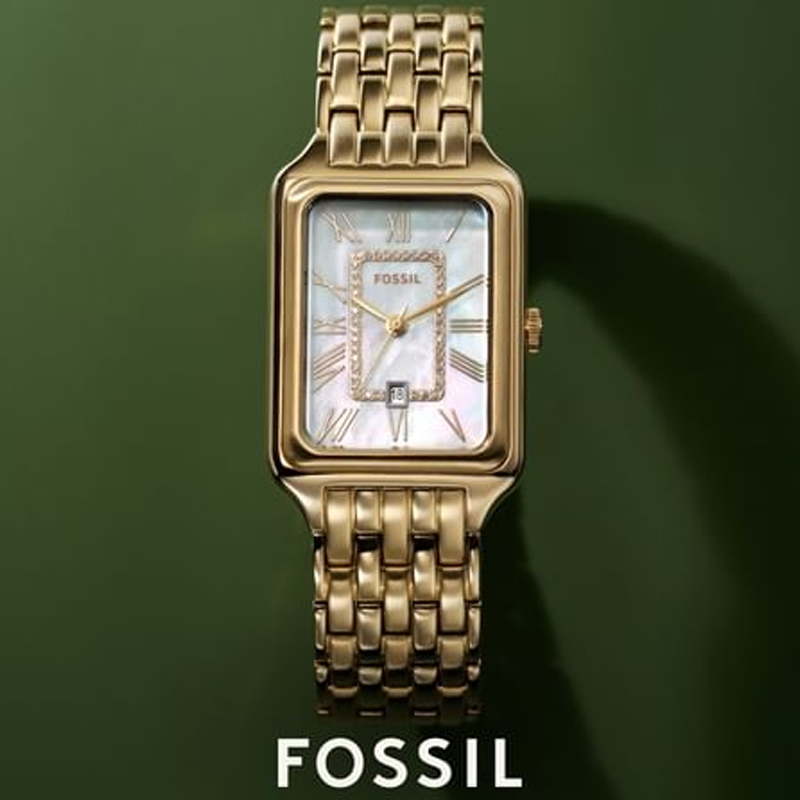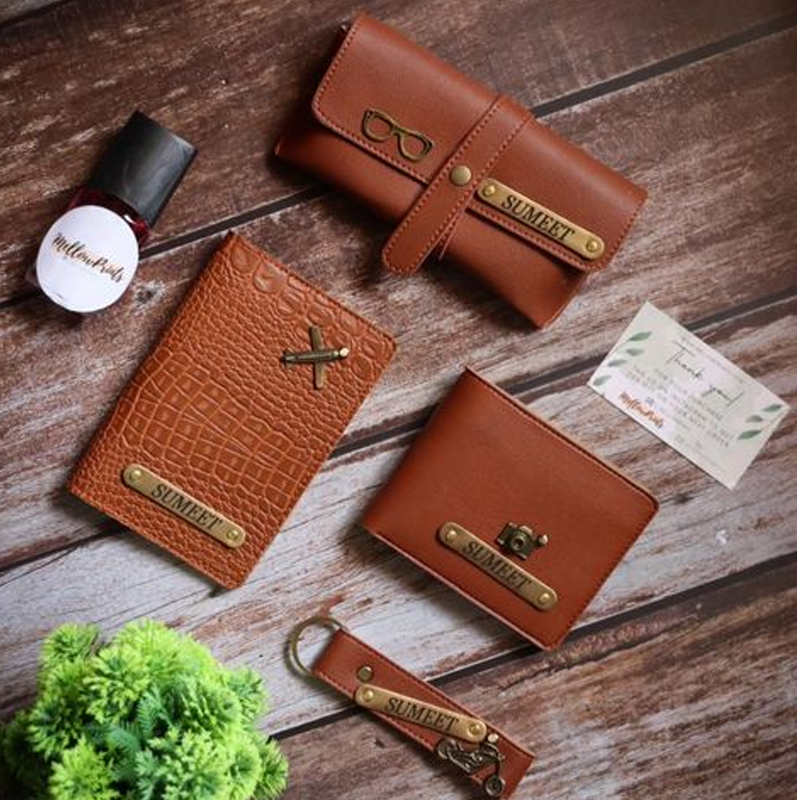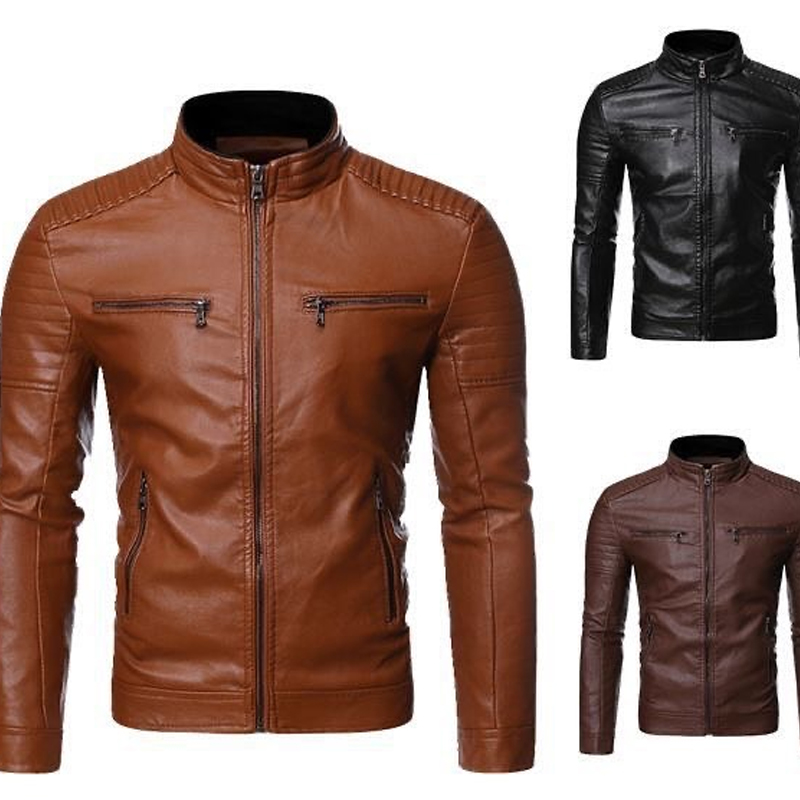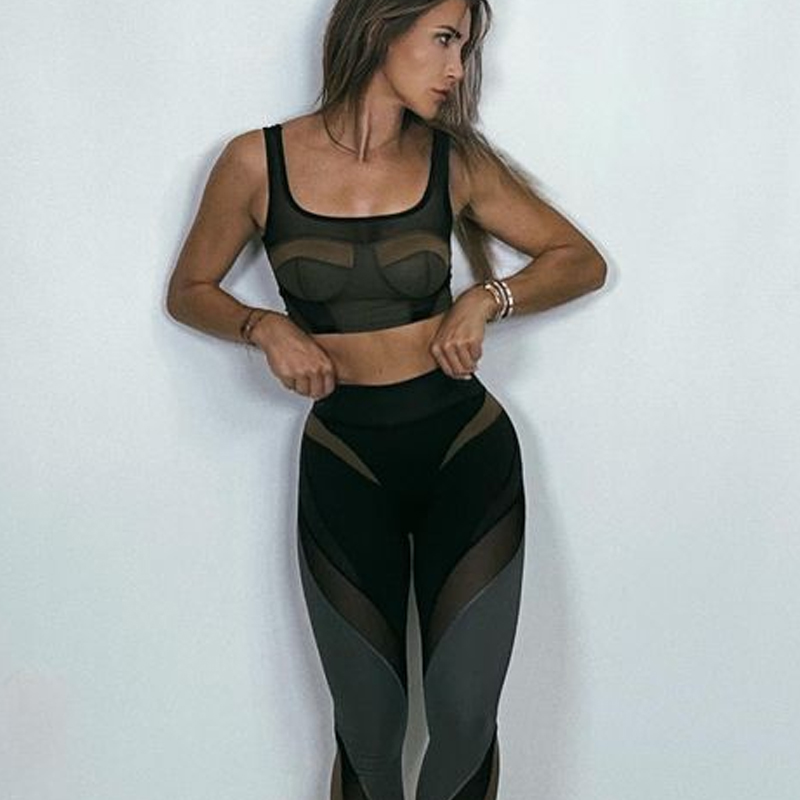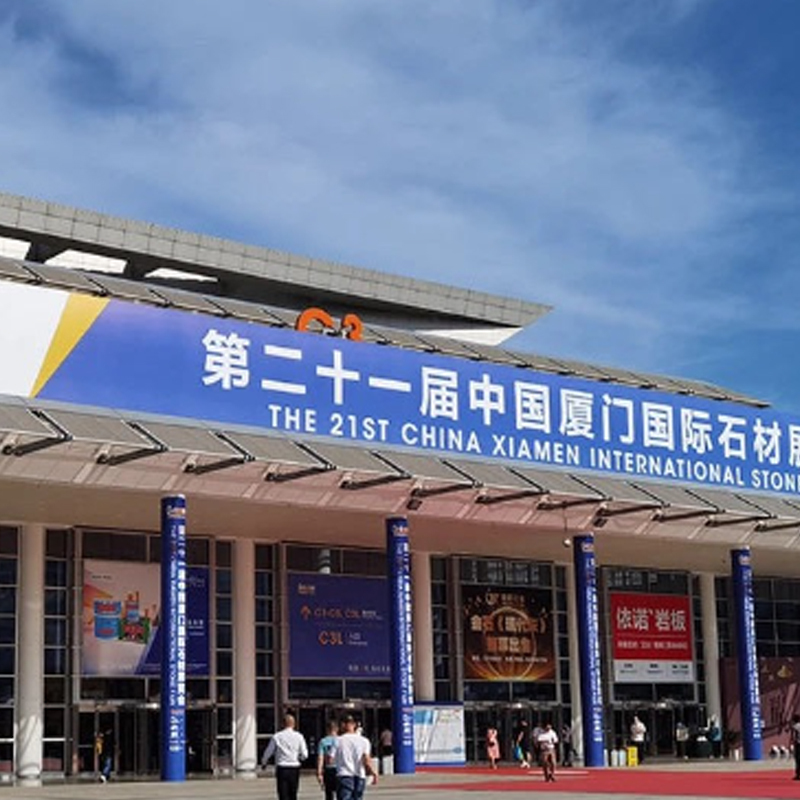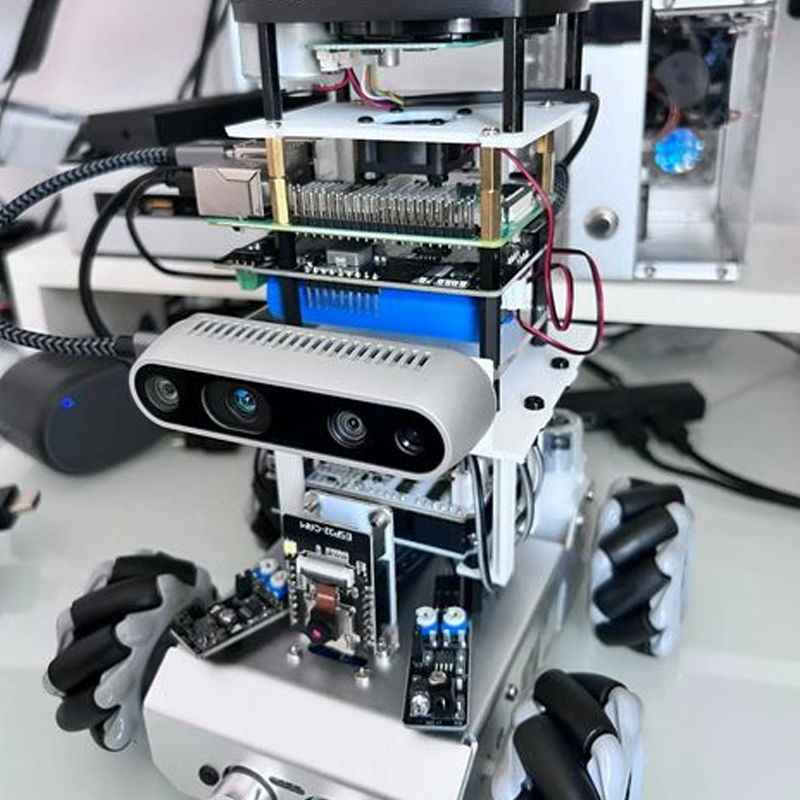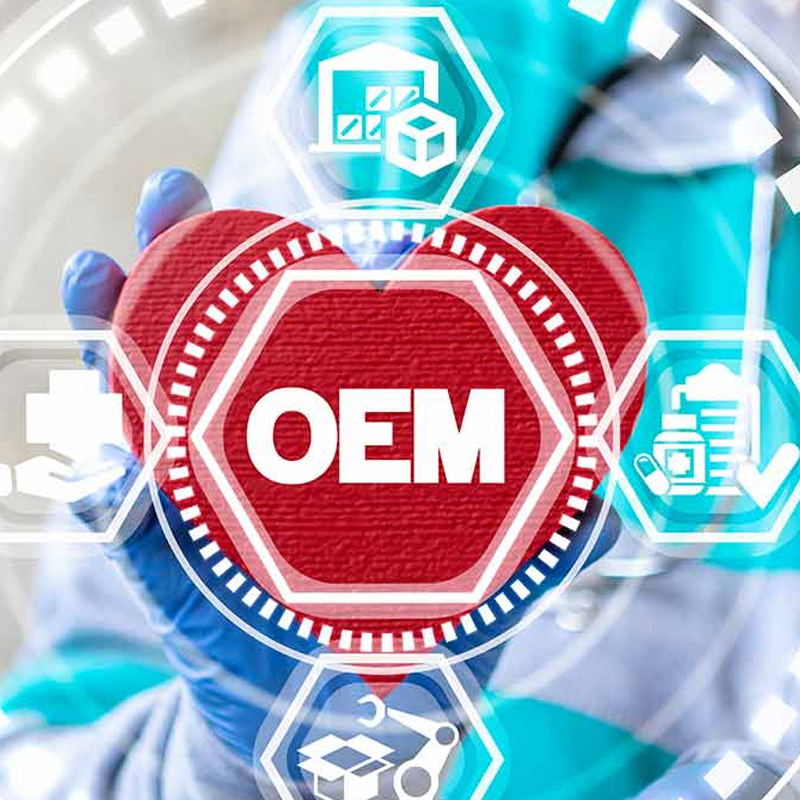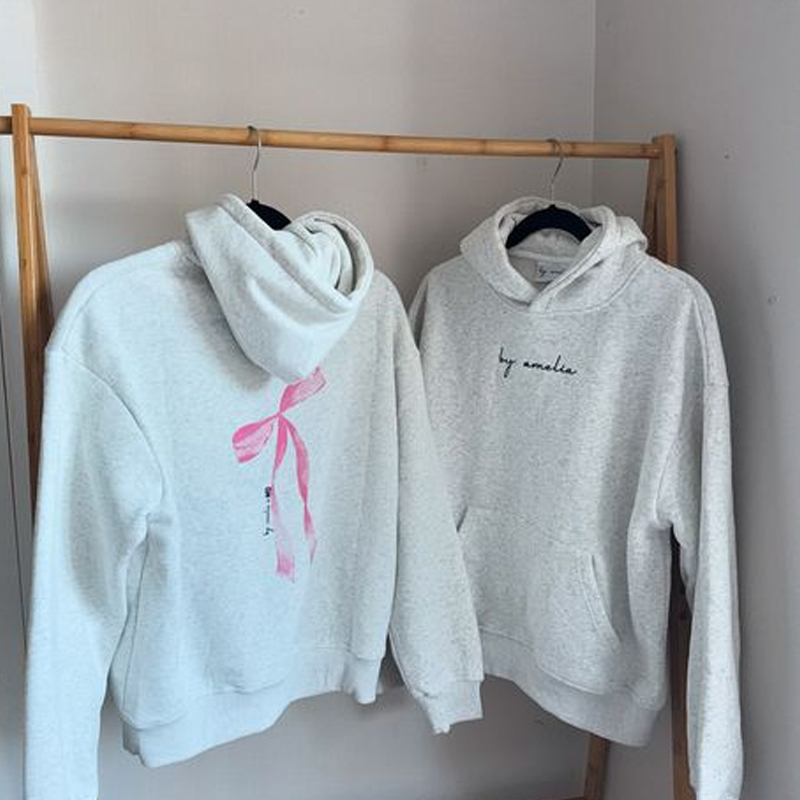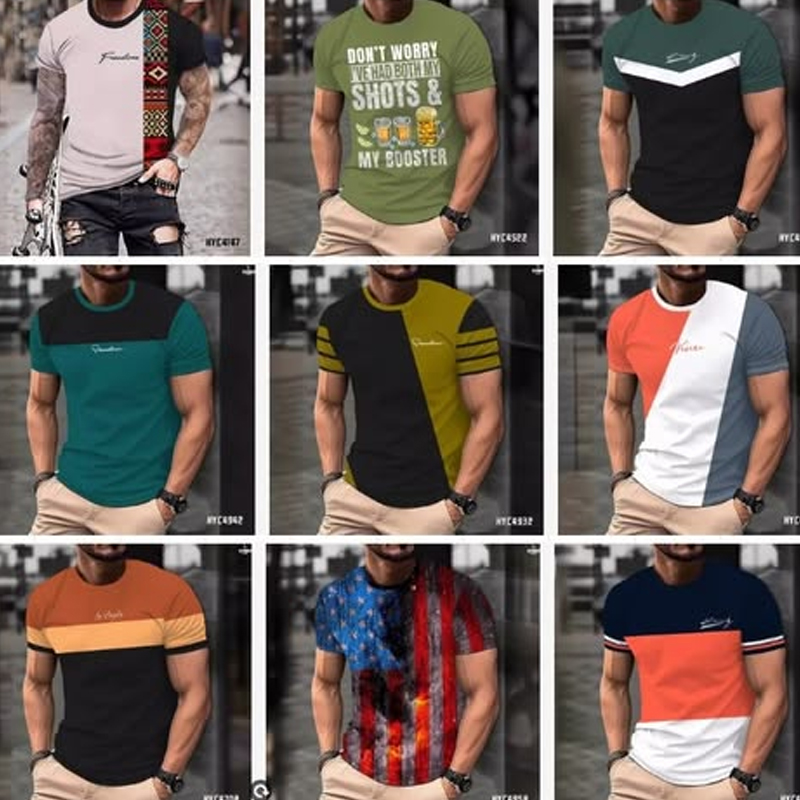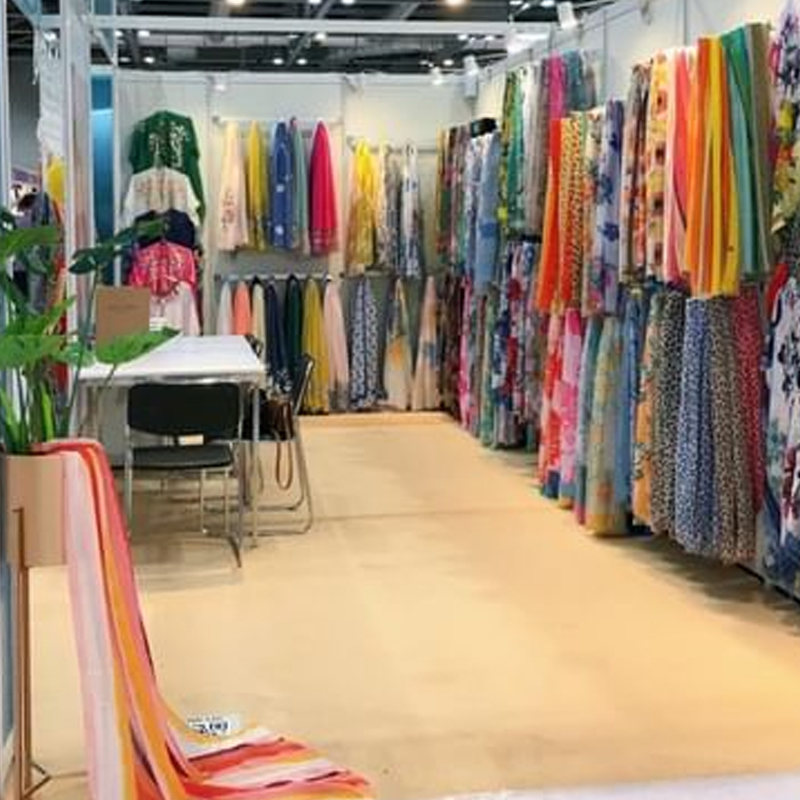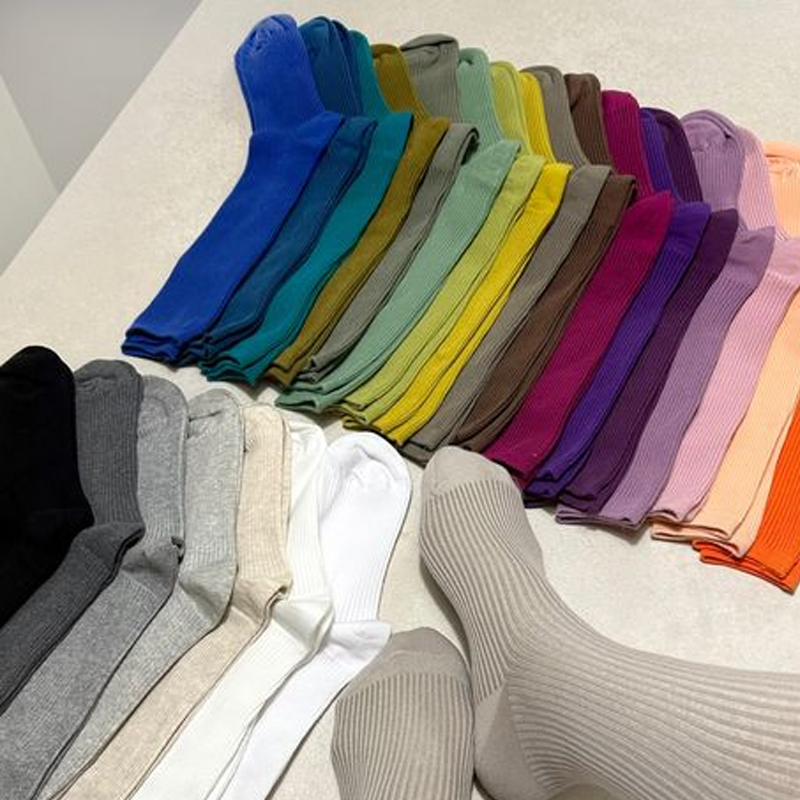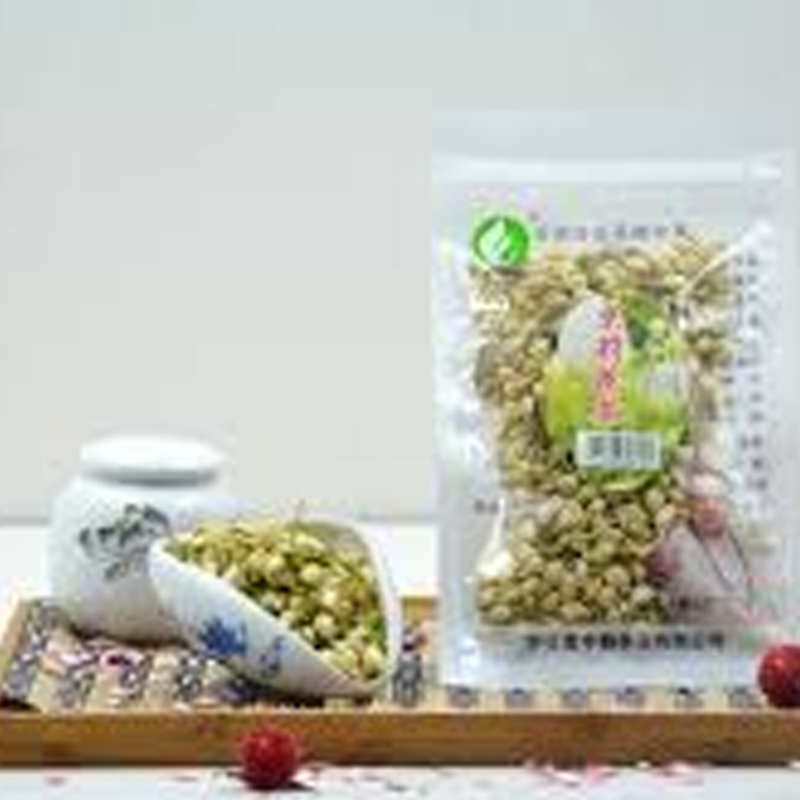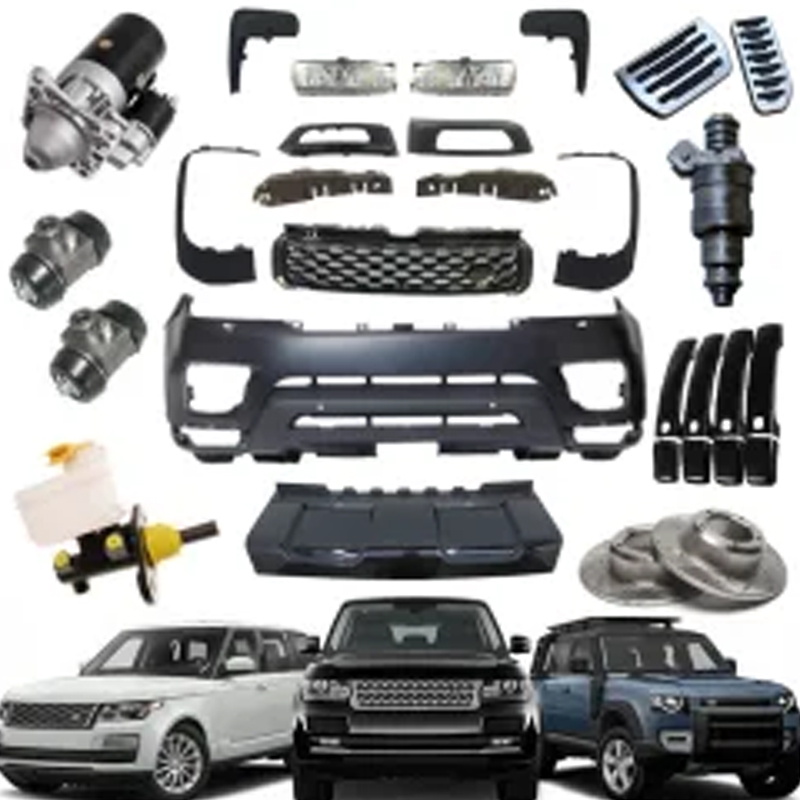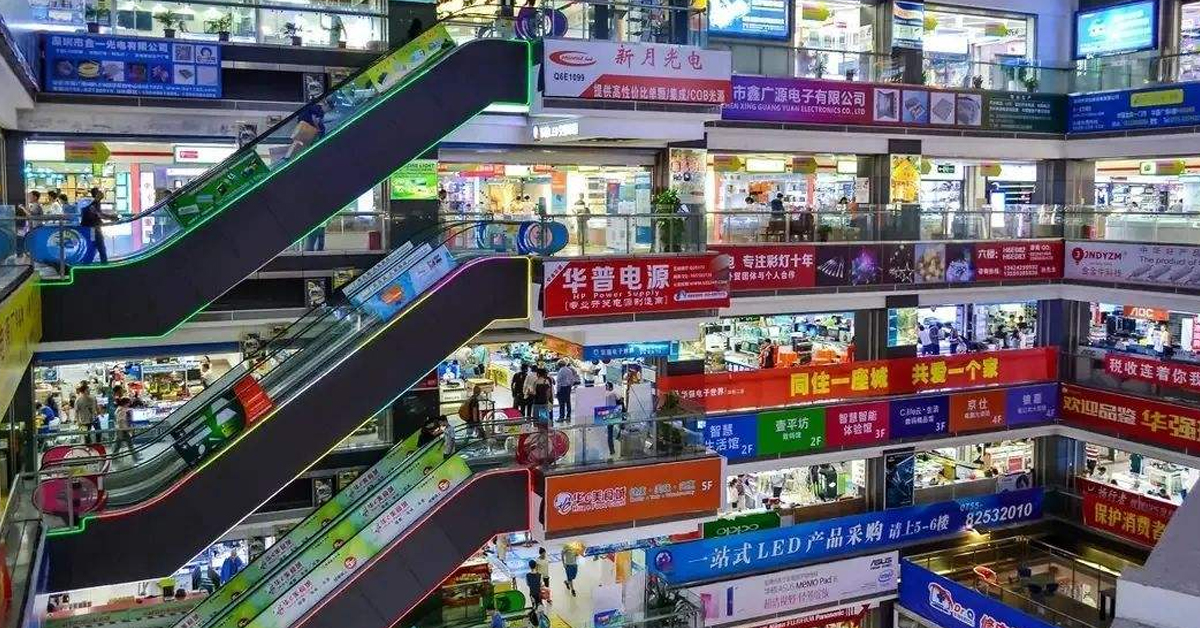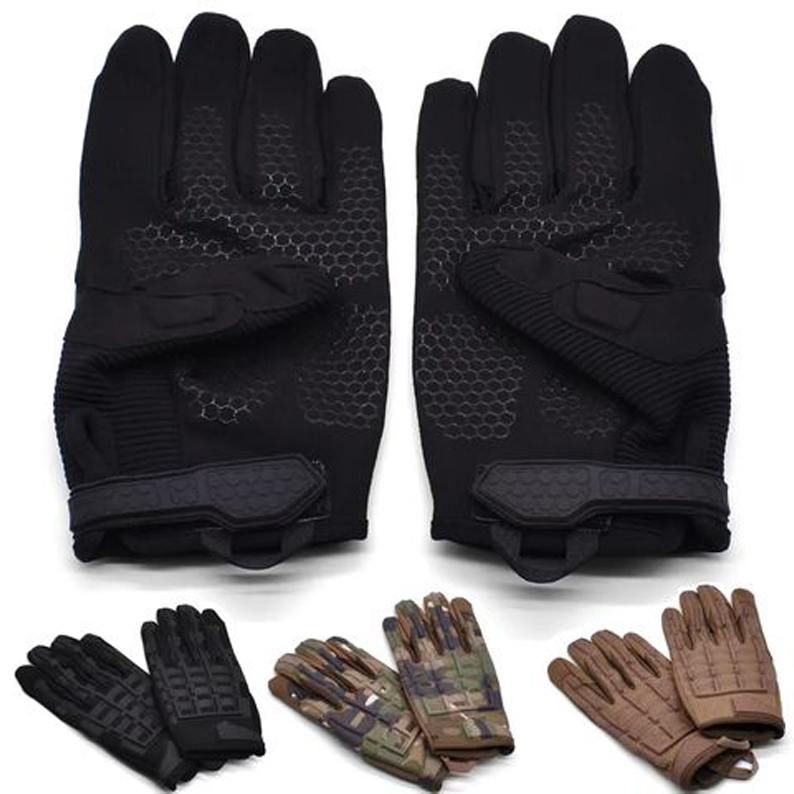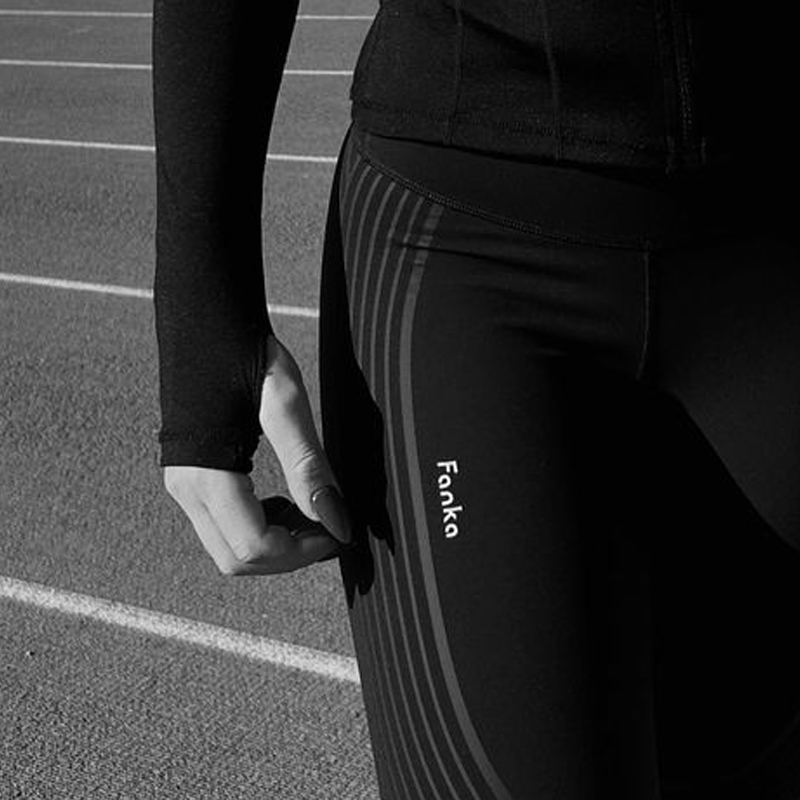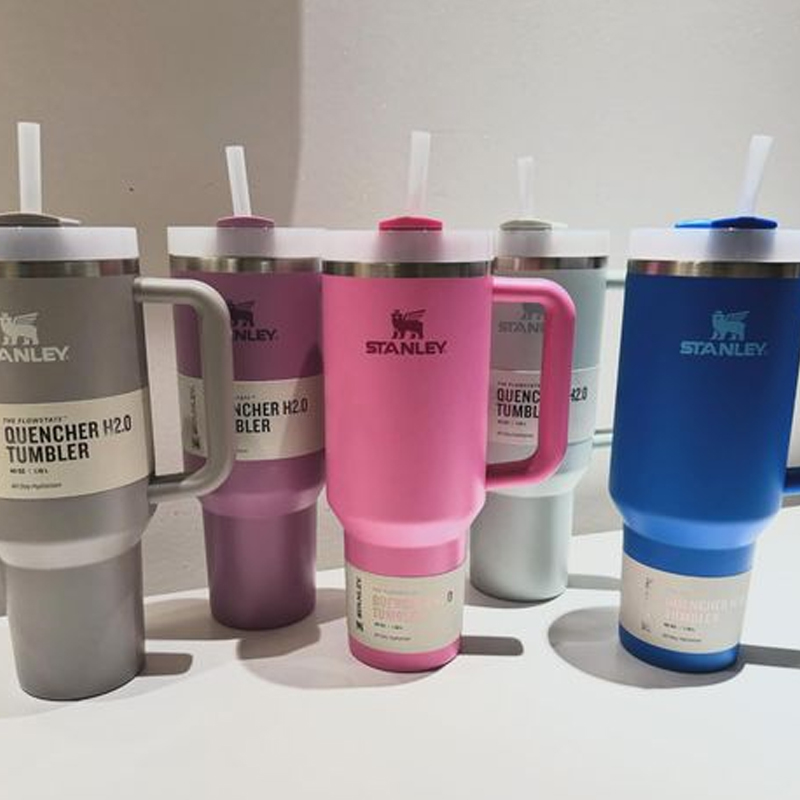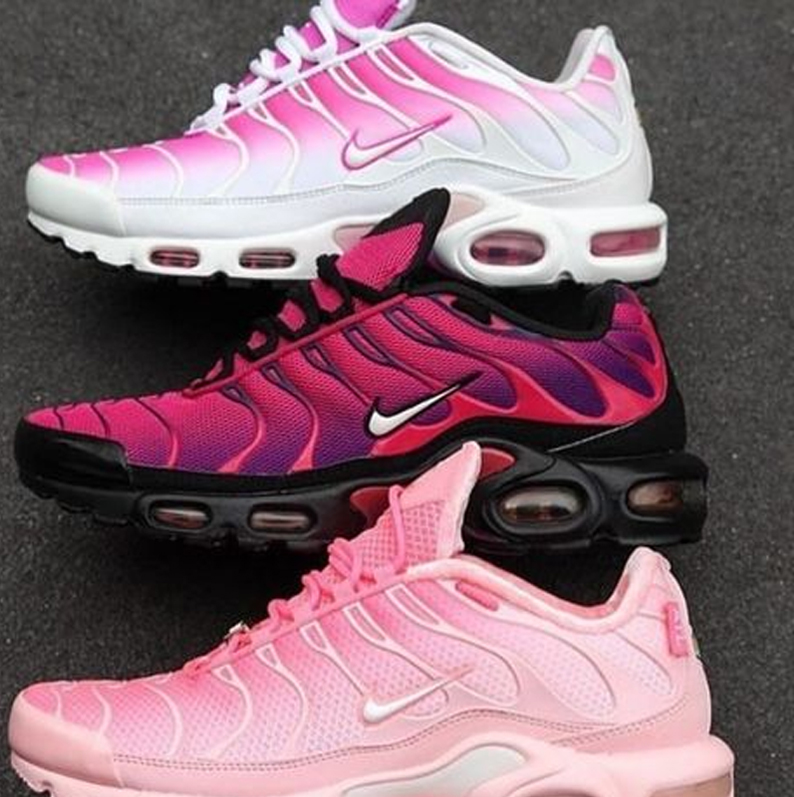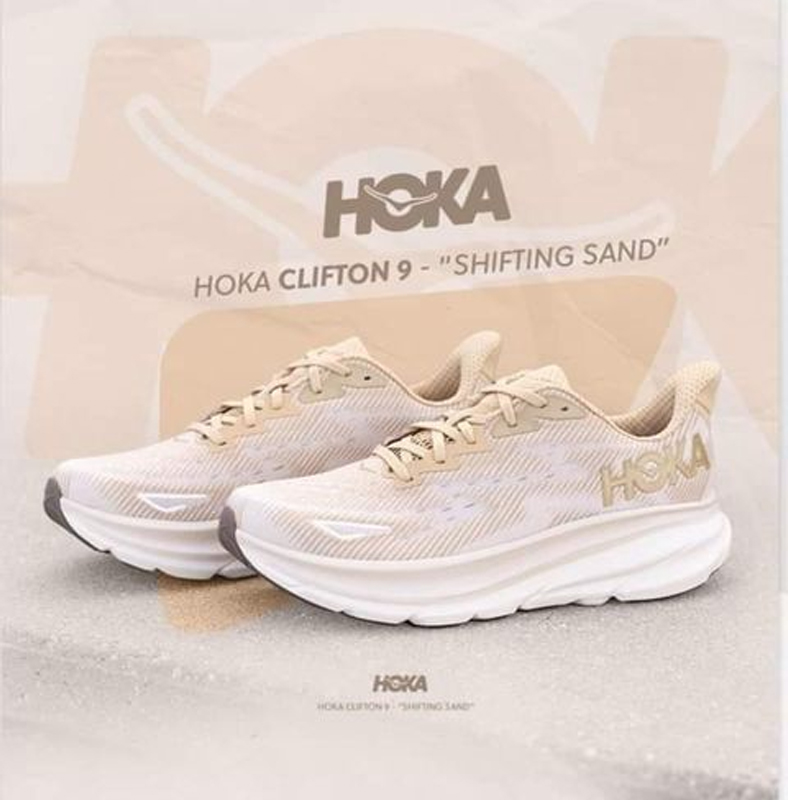Ever wondered where your favorite YETI tumbler or cooler comes from? Join us on a global journey through YETI’s production facilities, exploring their tumbler manufacturing process, stainless steel sourcing, and quality control measures. We’ll uncover the truth behind Made in USA products, dive into YETI’s China factories, and explore their Philippines production. This article is your ticket to understanding YETI’s impressive global supply chain and what makes their products stand out in the outdoor industry.
Key Takeaways: Understanding YETI’s Global Production
- YETI’s production network spans multiple countries, including the USA, China, and the Philippines.
- While some products are still Made in USA, many popular items are manufactured in China factories.
- YETI maintains strict quality control processes across all production facilities.
- The company is committed to sustainable practices and fair worker conditions in all its global operations.
- YETI’s global supply chain allows for optimized production while maintaining high-quality standards.
The YETI Story: From Texas Garage to Global Powerhouse
YETI was founded in 2006 by brothers Roy and Ryan Seiders in Austin, Texas. What started as a small operation in a garage has now grown into a global brand with production facilities spread across multiple continents. The company’s headquarters remain in Austin, where product innovation and design originate.
YETI’s journey from a local startup to an international powerhouse is a testament to their commitment to quality and innovation. Their products, known for their durability and performance, have set new standards in the outdoor industry.
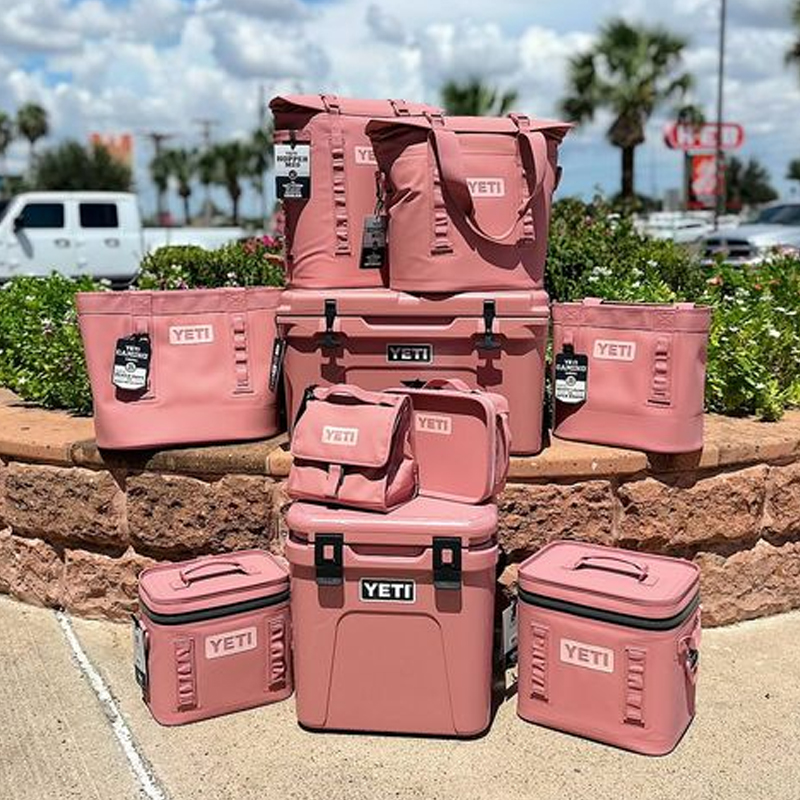
Where Are YETI Products Made? Unveiling the Global Production Network
YETI’s production is not limited to a single country. While the company was founded in the USA, their global supply chain now spans multiple countries to meet the growing demand for their products. Here’s a breakdown of where YETI products are manufactured:
- United States: Some products are still made in the USA, particularly certain coolers and customized items.
- China: A significant portion of YETI’s products, including many of their popular tumblers, are manufactured in China factories.
- Philippines: YETI has expanded its production to the Philippines in recent years.
- Other countries: Depending on specific product lines and materials, YETI may source or produce in other countries as well.
This diverse production network allows YETI to optimize their manufacturing process while maintaining their high standards of quality.
YETI’s Tumbler Manufacturing: A Blend of Art and Science
YETI’s tumblers have gained a cult following for their ability to keep drinks cold (or hot) for extended periods. But how are these marvels of insulation technology made?
The process begins with high-grade stainless steel, which is molded into the signature YETI shape. The tumblers then undergo a series of treatments, including the application of YETI’s proprietary insulation technology. This involves creating a vacuum between the inner and outer walls of the tumbler, which significantly reduces heat transfer.
Finally, the tumblers go through a powder coating process, which not only gives them their distinctive colors but also adds an extra layer of durability. This intricate manufacturing process is a key reason why YETI tumblers perform so well in durability testing and why they’ve become a staple for outdoor enthusiasts.
Sourcing the Best: YETI’s Stainless Steel Supply Chain
At the heart of many YETI products is high-quality stainless steel. But where does this crucial material come from? YETI’s stainless steel sourcing is a global operation, with suppliers from various countries contributing to their supply chain.
The company prioritizes suppliers who can consistently deliver steel that meets their exacting standards. This includes factors such as corrosion resistance, durability, and the ability to maintain temperature effectively. While the specific details of YETI’s supply chain are proprietary, it’s known that they work closely with their suppliers to ensure that the steel used in their products meets or exceeds outdoor industry standards.
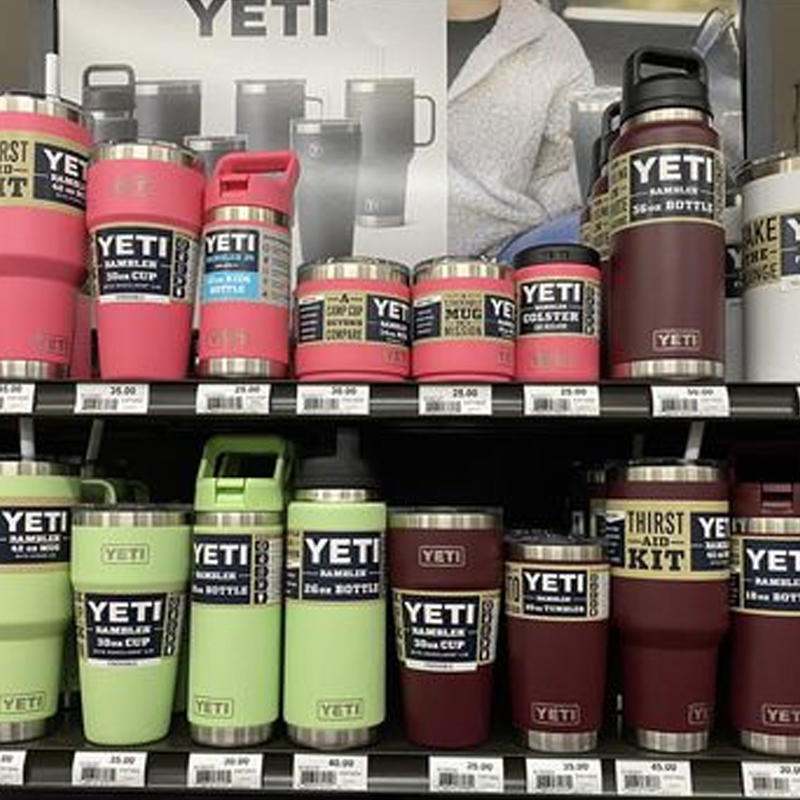
Quality Control: How YETI Ensures Excellence Across Global Production
With production spread across multiple countries, how does YETI maintain its reputation for quality? The answer lies in their rigorous quality control processes. These processes are standardized across all YETI production facilities, whether they’re located in the USA, China, or the Philippines.
YETI’s quality control measures include:
- Material Testing: Each batch of raw materials is tested to ensure it meets YETI’s standards.
- In-Process Checks: Quality checks are performed at various stages of the manufacturing process.
- Performance Testing: Finished products undergo extensive testing to ensure they meet YETI’s performance standards.
- Durability Testing: Products are subjected to rigorous durability tests to ensure they can withstand real-world use.
These stringent quality control measures help ensure that a YETI product performs the same whether it’s made in the USA, China, or anywhere else in their global production network.
Made in USA: Which YETI Products Are Still American-Made?
While YETI has expanded its production globally, they still maintain some manufacturing in the United States. But which products are still Made in USA?
As of now, some of YETI’s hard coolers are still manufactured in the USA. These include certain models of their popular Tundra series. Additionally, YETI’s customization options, such as laser engraving on tumblers, are often performed in the USA.
It’s important to note that while these products are assembled in the USA, some components may be sourced globally. YETI is transparent about this, stating on their website which products are made where.
YETI in China: Inside the Factories Producing Your Favorite Drinkware
A significant portion of YETI’s production, particularly their popular drinkware, takes place in China factories. These facilities are equipped with state-of-the-art technology and staffed by skilled workers who specialize in YETI’s unique manufacturing processes.
YETI’s China factories are known for their high production capacity, allowing the company to meet the growing global demand for their products. However, YETI doesn’t compromise on quality for quantity. The same stringent quality control processes applied in their US facilities are also implemented in their China operations.
Worker conditions in these factories are a priority for YETI. The company has stated its commitment to ensuring safe and fair working conditions across its global supply chain, including in its China facilities.
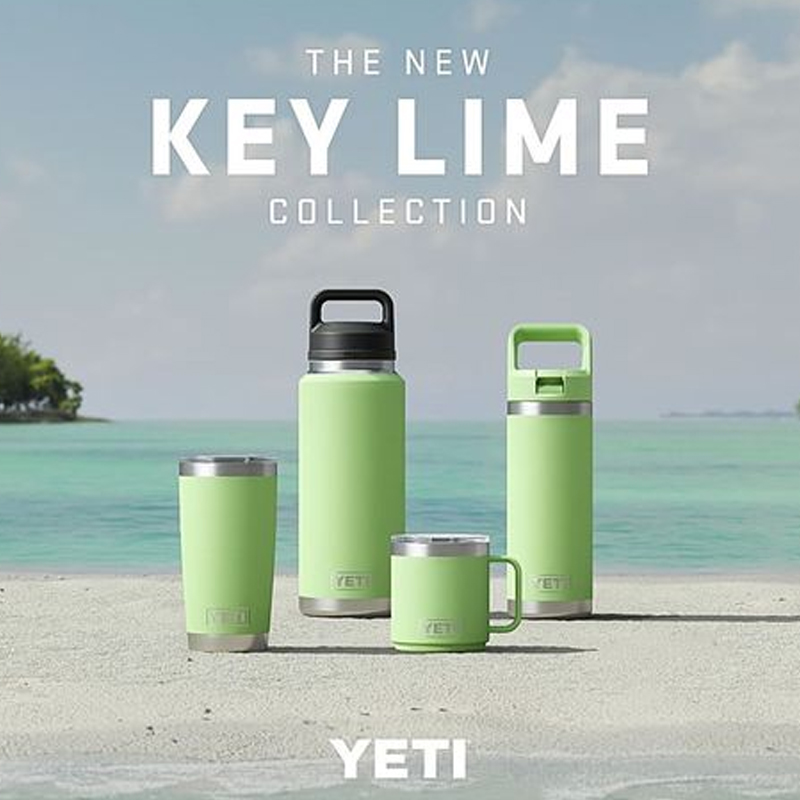
Expanding Horizons: YETI’s Production in the Philippines
In recent years, YETI has expanded its production network to include facilities in the Philippines. This move is part of YETI’s strategy to diversify its manufacturing base and optimize its global supply chain.
The Philippines production facilities focus on specific product lines, although YETI hasn’t publicly detailed which products are manufactured there. Like their other global facilities, the Philippines operations adhere to YETI’s strict quality standards and sustainable practices.
This expansion into the Philippines showcases YETI’s commitment to global production optimization while maintaining the high-quality standards that have made the brand a leader in the outdoor industry.
Sustainability in Production: YETI’s Eco-Friendly Initiatives
As a brand deeply connected to the outdoors, YETI has recognized its responsibility to minimize its environmental impact. This commitment extends to their production processes across all their global facilities.
Some of YETI’s sustainable practices in production include:
- Material Efficiency: Optimizing material use to reduce waste
- Energy Conservation: Implementing energy-efficient technologies in their factories
- Recycling Programs: Establishing recycling initiatives for production waste
- Sustainable Packaging: Using eco-friendly packaging materials where possible
While YETI acknowledges there’s always room for improvement, these initiatives demonstrate the company’s commitment to reducing the environmental impact of their global production network.
The Future of YETI Production: Innovations on the Horizon
As YETI continues to grow and evolve, what does the future hold for their production processes? While specific plans are closely guarded, industry trends and YETI’s past behavior suggest several potential directions:
- Advanced Materials: YETI may explore new materials that offer even better insulation or durability.
- Automation: Increased use of automation in manufacturing could improve efficiency and consistency.
- Customization: Expanded customization options may require new production techniques.
- Sustainability: Further emphasis on sustainable production practices is likely.
Whatever the future holds, it’s clear that YETI’s commitment to quality and innovation will continue to drive their production strategies across their global network.
Leveraging Global Production: Lessons from YETI for Your Business
YETI’s success story offers valuable insights for businesses looking to optimize their production processes. While not every company can replicate YETI’s global scale, there are lessons to be learned from their approach to quality control, material sourcing, and balancing domestic and international production.
For businesses considering Chinese factories as a potential support for their operations, YETI’s example shows that with proper oversight and stringent quality control, it’s possible to maintain high standards while benefiting from the efficiencies of global production.
If you’re exploring ways to optimize your supply chain or considering sourcing from China, we at BuyFromChinaDirect can help. Our expertise in navigating the complexities of international sourcing can help you find reliable partners and implement effective quality control measures, much like YETI has done in its global operations. Contact us to learn how we can help you source smarter and take your production to the next level.

